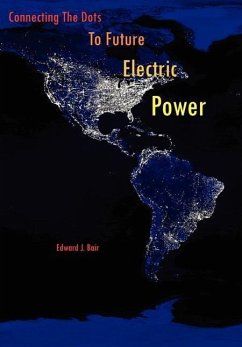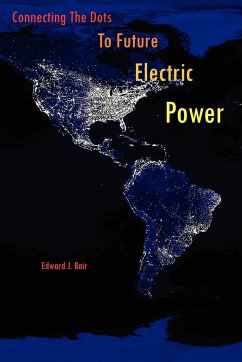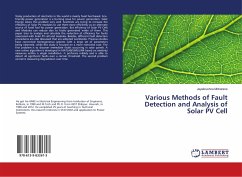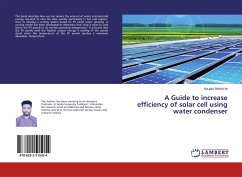A Quantum Dot Sensitized Solar Cell employing ternary or quaternary quantum dots represents an innovative approach to solar energy conversion. In this design, the utilization of three or four distinct types of quantum dots enables the solar cell to efficiently capture a broader spectrum of light. This enhanced light absorption is achieved through careful bandgap engineering, allowing the quantum dots to absorb different wavelengths of sunlight. The diverse composition of ternary/quaternary quantum dots contributes to improved charge separation and reduced recombination losses, fundamental factors in maximizing the efficiency of energy conversion. The advanced materials not only facilitate efficient electron injection into the semiconductor layer but also offer versatility in tailoring the optoelectronic properties of the solar cell. The multi-dot structure enhances light harvesting capabilities, increasing the likelihood of capturing photons across a wide range of the solar spectrum. This approach addresses limitations observed in traditional solar cells and holds promise for boosting overall performance in harnessing solar energy. The potential for multiple exciton generation within ternary/quaternary quantum dot systems adds an intriguing dimension to their functionality, offering the possibility of generating multiple electron-hole pairs from a single absorbed photon. This phenomenon has the potential to significantly enhance the quantum efficiency of the solar cell.








